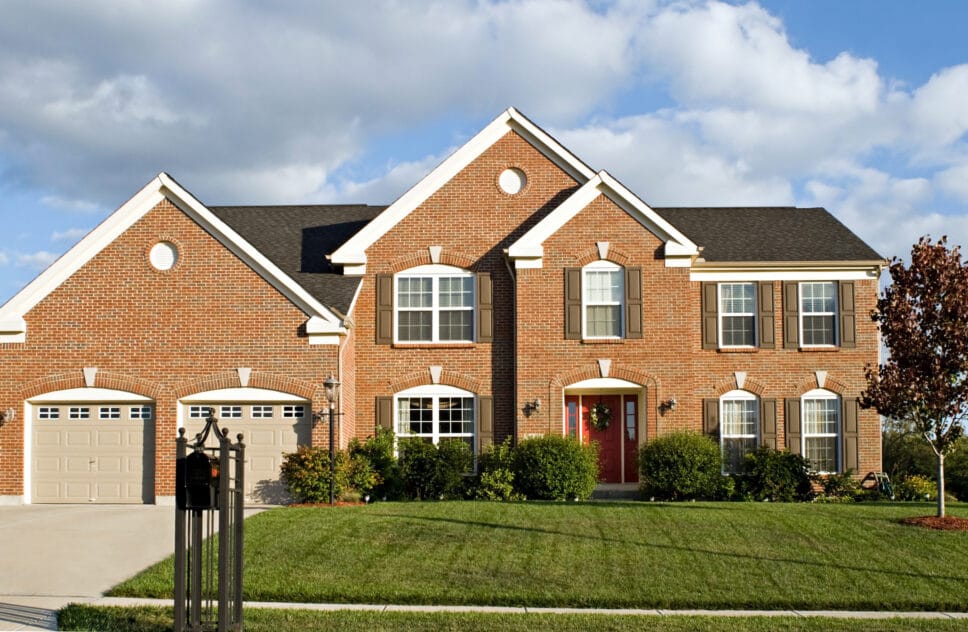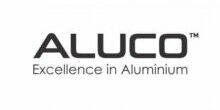When understanding the energy efficiency of windows, whether you are replacing old ones or need new ones for a building project, you will come across U-Values and Window Energy Ratings (WER). These are the two ways to identify how efficient your windows or doors will be. This article explains the differences between U-Values and Window Energy Ratings, how they are presented, and what they mean for your home’s energy efficiency and choice of windows.
Why we have both U-Values and Window Energy Ratings
U-Values and Window Energy Ratings exist primarily to provide a standard way to measure and compare the energy efficiency of windows and doors. With growing awareness about the impact of energy consumption on climate change, Building Regulations on windows and doors covering thermal performance have been around for quite a while.
However, without a standardised system, it would be hard for the window industry, homeowners, architects and developers to compare products from different manufacturers and meet the required regulations and standards. That’s where U-Values and Window Energy Ratings come in. With either of these ratings, you can make a more informed decision about the energy efficiency of your windows and doors and whether to choose them or Value or Rating.
Understanding U-Values
The U-Value measures how well a window or door prevents heat from escaping from your home. In technical terms, it’s the heat transfer rate through the glass and frames, meaning how much heat is lost in winter and how much heat is gained in summer. We’ve created a deeper explanation and information about window U-Values, how they are calculated, and why these matter.
When you are taking a look at the U-Values of aluminium windows, the important thing is that the lower the U-Value the better. The lower U-Values means the windows are better at retaining heat inside the home, and helps prevent too much solar gain in the summer.
Understanding Window Energy Ratings
Window Energy Ratings, on the other hand, provide a holistic picture of a window’s energy efficiency. The WER considers not only the heat loss (which U-Values measure) but also factors in solar heat gain (heat gained from the sun’s energy) and air leakage.
WERs are graded on a scale from A++ (the most efficient) to E (the least efficient), similar to the grading system on appliances like fridges and washing machines. A window with a higher energy rating, say A++, will be more efficient at conserving energy than a window with a lower rating, such as C or D.
For replacement windows, there is information on the relevant Building Regulations about WERs for replacement windows in existing dwellings. However, for new builds, the U-Value route is preferred. Generally, Window Energy Ratings are preferred in the domestic window market, but U-Values are preferable for new builds and commercial glazing contracts. This is primarily because of the cooling and heating requirements used in commercial buildings with significantly more glass area than a dwelling.
| New Dwellings | U-Value (Wm2K) | WER | Existing Dwellings | Typical U-Value (W/m²K) | WER |
|---|---|---|---|---|---|
| Windows | 1.2 | Windows | 1.4 | B | |
| Doors | 1.0 | Doors | 1.4 | C |
U-Values and Window Energy Ratings: Which is Better?
Deciding between U-Values and Window Energy Ratings largely depends on your specific needs. Focusing on the U-Value might be more beneficial if you’re primarily concerned with heat retention, especially in colder parts of the country. U-values provide a definitive measurement for Thermal efficiency (W/M²K). WERs do not. They are more of a general guide. Architects and builders prefer the U-Value route, and we advise you to also lean towards U-Values.
In general, both U-Vales and Window Energy Ratings provide valuable insights into how well your windows and doors will perform regarding energy efficiency. For example, windows with lower U-Values often have higher Window Energy Ratings, as both metrics relate to improving your home’s energy efficiency.
The Importance of Energy Efficiency

It is easy to consider your new windows on styling, with slimmer aluminium windows being a popular choice. Aesthetics, durability, quality and security all matter. Energy efficiency is equally important and should be high on your list when buying new windows and doors. Energy-efficient windows keep your home warmer, save money on energy bills and create a more comfortable home. You also help reduce your carbon footprint.
Answering some popular questions about Window Energy-Ratings
We’d like to encourage you to get in touch with any questions about U-Values and Window Energy Ratings and buying new windows and doors. We have also put together answers to some popular questions relating to WER’s
Do WERs apply to doors?
No, there are Door Energy Ratings or DERs. The DERs are a little more complicate as they differ depending on how much glass there is in the door. There are guidelines for doors with more than 60% glass. Aluminium front doors using solid and thick insulated panels are very well insulated compared to standard glazed doors.
What does A rated glass mean?
Some unprofessional salespeople will imply their windows are energy efficient because they have A-rated glass. There is no such thing as A-rated glass, and individual elements of a window cannot have a Window Energy Rating. It is the entire product that comes with a WER or a U-Value.
Are energy-efficient windows more secure?
Security has nothing to do with U-Values and Window Energy Ratings. There are separate standards in place to provide a security rating, such as PAS24 and Secured by Design.
Are B-Rated windows bad?
A ‘B’ rated window satisfies part L of the Building Regulations and has a suitable Window Energy Rating (WER). This window type is quite energy-efficient and popular amongst many aluminium window brands. A ‘B’ rated window is more energy-efficient than a ‘C’ and ‘C’ better than a ‘D’.
Bear in mind that windows can meet Building Regulations through Energy Efficiency (WER for existing dwellings) or U-Values.
Are triple-glazed units better than double glazed for Window Energy Ratings?
Triple glass units are substantially more efficient than double-glazed types, but even double glass with the latest technology helps windows get low U-Values and Window Energy Ratings. It depends on your requirements. If there is any disadvantage to triple glazing, it is that your windows and doors are heavier with the extra pane of glass. You may also lose a little visual clarity as you look through three glass panes instead of two.
How are Window Energy Ratings Calculated?
Window Energy Ratings represent the yearly energy balance of a window. These ratings are determined by subtracting the yearly heat loss through a window from the yearly solar gain it provides (measured in kWh/m² per year).
It isn’t easy to explain simply, but you must first calculate the window’s overall U value using a standard industry size. This involves adding up the weighted area of heat loss through the window frame, glass, and edge of the glass or spacer bar – these are the individual U values of each window component. You also need to calculate the window’s air leakage and solar gain.
Air leakage is the amount of air that escapes through the window per hour for every square meter, under a pressure difference of 50Pa. The solar gain of the window is determined by multiplying the ‘g’ value of the glass (which represents solar heat gain) by the visible area of the glazing (this is the area of the glass that isn’t covered by the window frame).
Once you know the U value and air leakage, you can calculate the amount of heat lost through the window per year. From this number, you subtract the heat gained through solar gain. If the result is 0 or positive, your window gets an ‘A’ rating. The window is’ B’ rated if the result is between 0 and -10.
Conclusion
Understanding the energy efficiency metrics like U-Values and Window Energy Ratings will help you make an informed choice. Remember, the lower the U-Value, the better, and the higher the Window Energy Rating (closer to A++), the more efficient your window will be. Take notice of the importance of energy efficiency.
The Aluminium Trade Supply Website can help you choose the best windows and doors for your project. Our unique information resource helps thousands of homeowners a year find the right doors and windows from the best suppliers. Get in touch for free help and advice.











